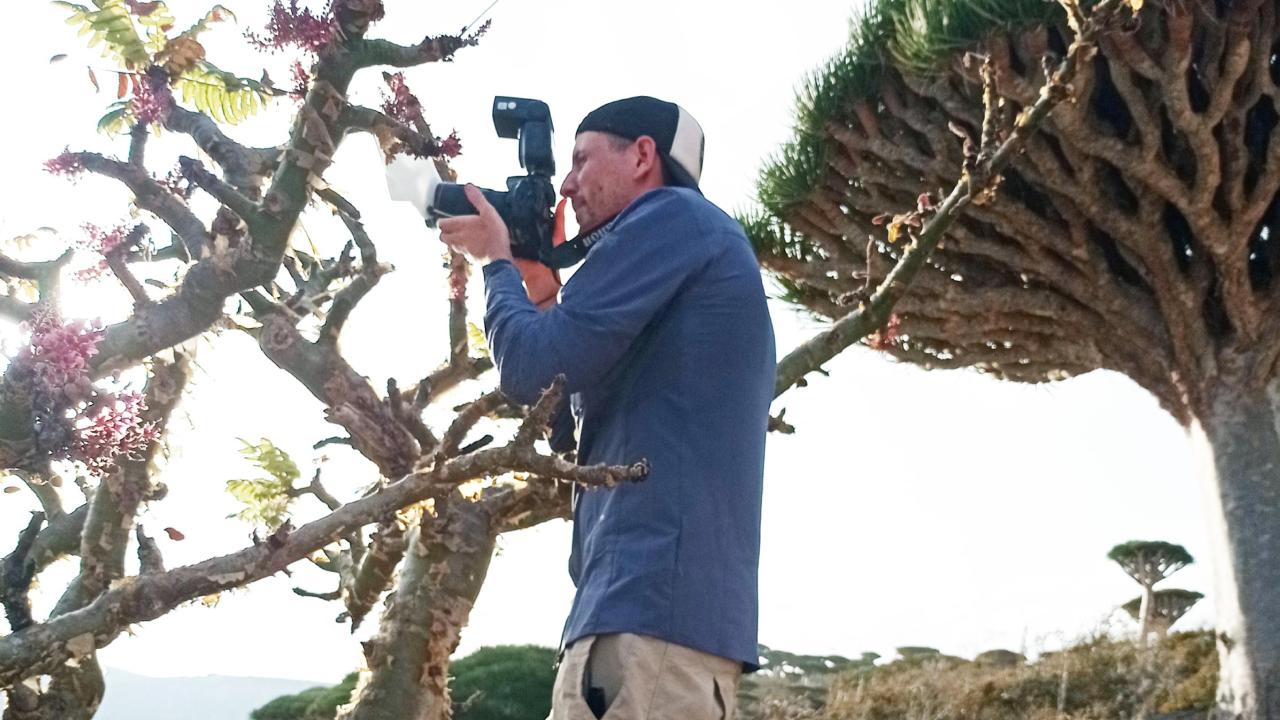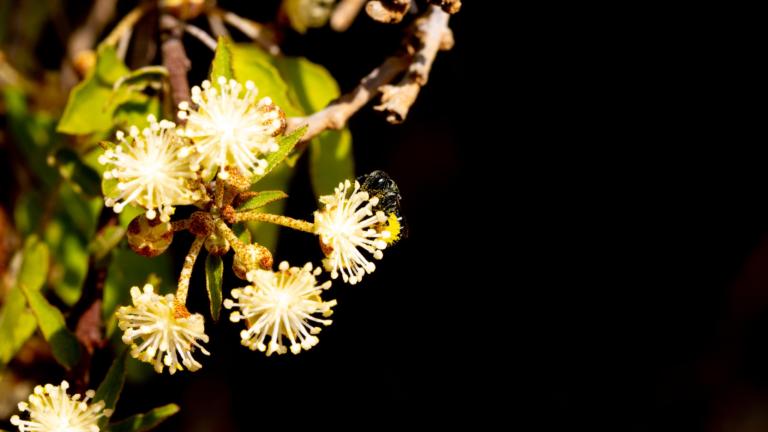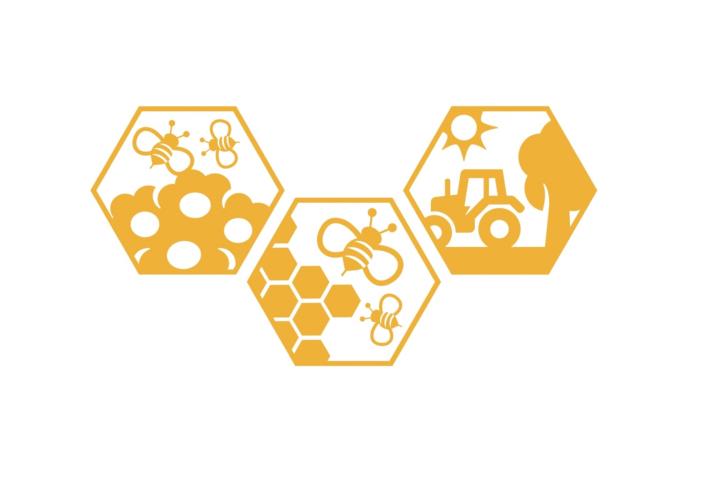
What is happening to pollinators in a changing world? I'm interested in how patterns of biodiversity shift in space and time with a focus on pollinators. My research explores how environmental changes shape the distribution, survival, and interactions of pollinators within different ecosystems. I strive to generate accessible, high-quality data and tools that bridge the gap between historical species collections, ecological research, policy decisions, and public awareness.
Keywords
Wild bees, pollination, global change, biodiversity, modeling, conservation, monitoring
Researchinterests
- How land use and climate changes affect biodiversity across time and space and how these changes are influenced by traits, phylogeny and interactions
- What are the key knowledge gaps in our global understanding of pollinator biogeography, ecology and evolution and how can we fill them (BeeFall)
- Global patterns of insular wild bee diversity and distribution
- Statistical techniques and tools for analyzing and modeling species distribution and diversity
- Modern methods for monitoring pollinator communities
- The influence of environmental changes on wild bees as crop pollinators


Keypublications
Moens, M., Biesmeijer, J.C., Huang, E., Vereecken, N.J. & Marshall, L., (2024). The importance of biotic interactions in distribution models of wild bees depends on the type of ecological relations, spatial scale and range. Oikos, 2024(11), p.e10578. https://doi.org/10.1111/oik.10578
Pan, K., Marshall, L., de Snoo, G.R. & Biesmeijer, J.C., (2024). Dutch landscapes have lost insect‐pollinated plants over the past 87 years. Journal of Applied Ecology. 61, 1323–1333. https://doi.org/10.1111/1365-2664.14649
Marshall, L., Leclercq, N., Carvalheiro, L.G., et al., (2024). Understanding and addressing shortfalls in European wild bee data. Biological Conservation, 290:110455. https://doi.org/10.1016/j.biocon.2024.110455
Marshall, L., Leclercq, N., Weekers, T., et al., (2023). Potential for climate change driven spatial mismatches between apple crops and their wild bee pollinators at a continental scale. Global Environmental Change, 83:102742. https://doi.org/10.1016/j.gloenvcha.2023.102742
Moens, M., Biesmeijer, J.C., Klumpers, S.G. & Marshall, L., (2023). Are threatened species special? An assessment of Dutch bees in relation to land use and climate. Ecology and Evolution, 13:10326. https://doi.org/10.1002/ece3.10326
Cadena, J.T., Boudot, J.P., Kalkman, V.J. & Marshall, L., (2023). Impacts of climate change on dragonflies and damselflies in West and Central Asia. Diversity and Distributions, 29, 912– 925. https://doi.org/10.1111/ddi.13704
Leclercq, N., Marshall, L., Caruso, G., et al., (2023). European bee diversity: Taxonomic and phylogenetic patterns. Journal of Biogeography, 50: 1244-1256. https://doi.org/10.1111/jbi.14614
Dorji, K., Tashi, S., Biesmeijer, J.C., ... & Marshall, L., (2022). Pollinators and crops in Bhutan: insect abundance improves fruit quality in Himalayan apple orchards. Journal of Pollination Ecology, 31: 39-52. https://doi.org/10.26786/1920-7603(2022)670
Maebe, K., Hart, A.F., Marshall, L., et al., (2021). Bumblebee resilience to climate change, through plastic and adaptive responses. Global Change Biology, 27: 4223-4237. https://doi.org/10.1111/gcb.15751
Marshall L, Beckers V, Vray S, et al. (2021). High thematic resolution land use change models refine biodiversity scenarios: A case study with Belgian bumblebees. Journal of Biogeography. https://doi.org/10.1111/jbi.14000
Gérard M, Marshall L, Martinet, B. & Michez, D. (2021), Impact of landscape fragmentation and climate change on body size variation of bumblebees during the last century. Ecography 44: 255-264. https://doi.org/10.1111/ecog.05310
Vereecken, N. J., Weekers, T., Leclercq, N., ... & Marshall, L. (2021). Insect biomass is not a consistent proxy for biodiversity metrics in wild bees. Ecological Indicators, 107132. https://doi.org/10.1016/j.ecolind.2020.107132
Marshall, L., Perdijk F, Dendoncker N, (2020) Bumblebees moving up: shifts in elevation ranges in the Pyrenees over 115 years. Proc. R. Soc. B. 28720202201. https://doi.org/10.1098/rspb.2020.2201
Marshall L, Biesmeijer JC, Rasmont P, et al. (2018) The interplay of climate and land use change affects the distribution of EU bumblebees. Global Change Biology 24:101–116. https://doi.org/10.1111/gcb.13867
Marshall, L., Carvalheiro, L. G., Aguirre-Gutiérrez, J, et al. (2015) Testing projected wild bee distributions in agricultural habitats: predictive power depends on species traits and habitat type. Ecology and Evolution 5(19): 4426–4436. https://doi.org/10.1002/ece3.1579
Currenttopics
A selection of the topics I am working on currently.
